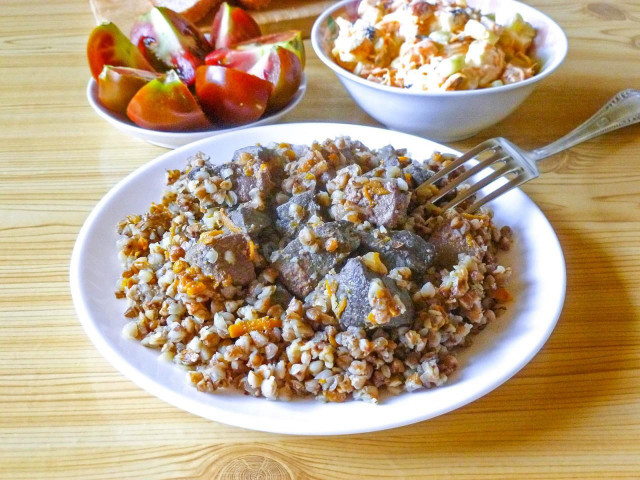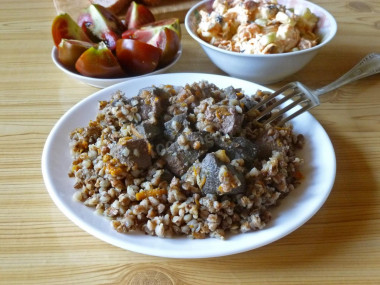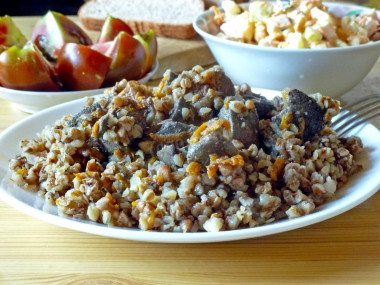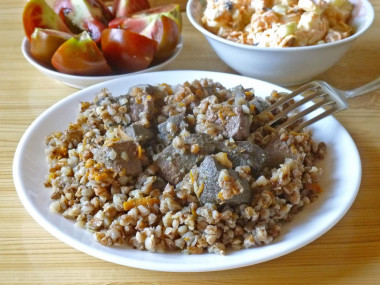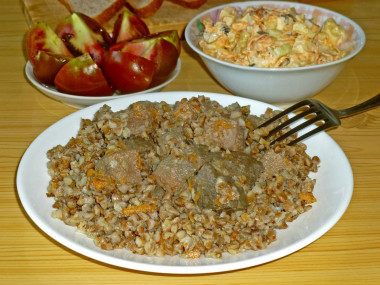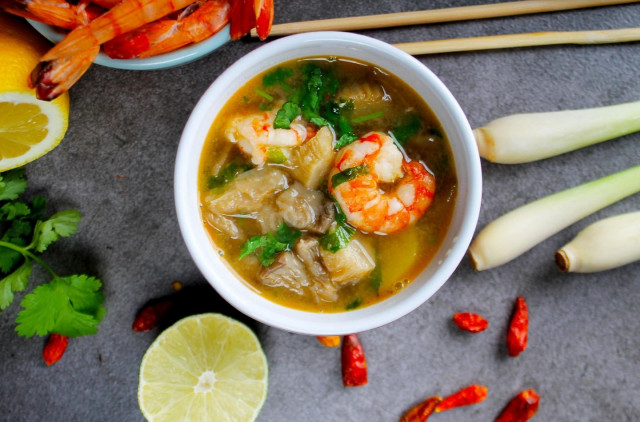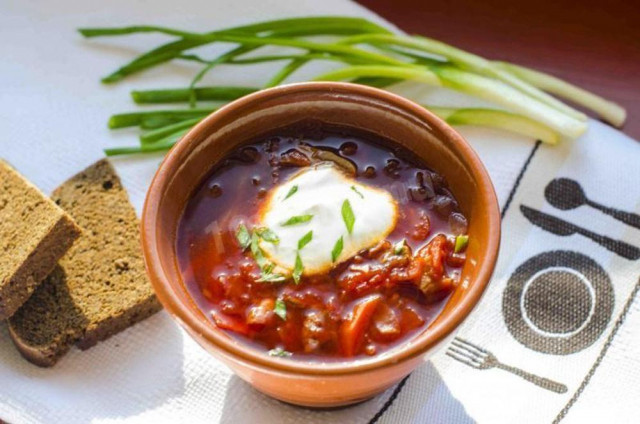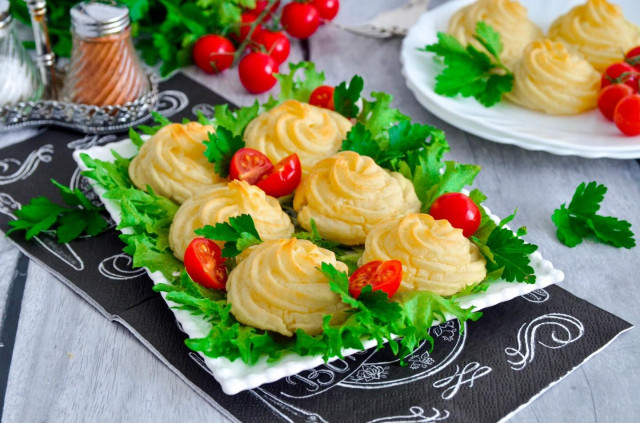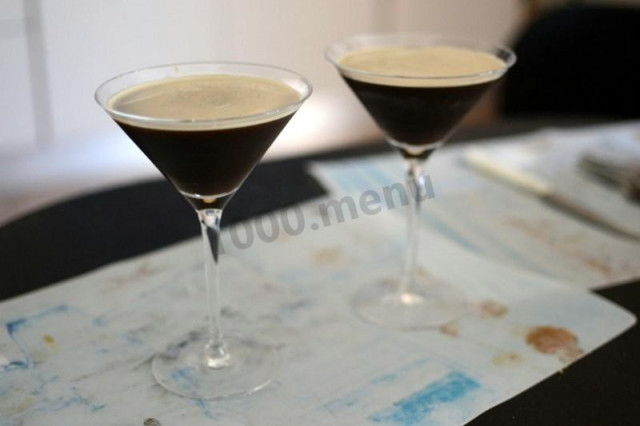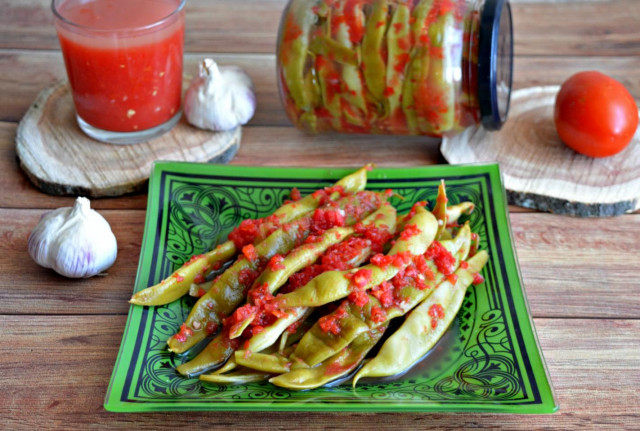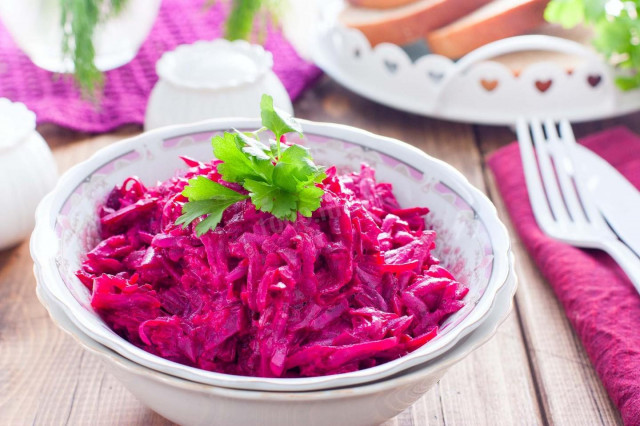Composition / ingredients
Step-by-step cooking
Step 1:
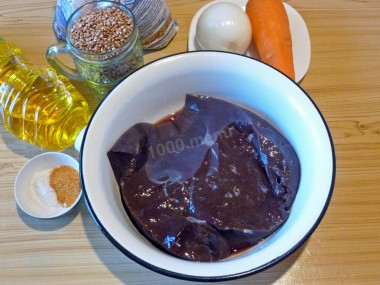
How to cook buckwheat with liver? Prepare the products according to the list. Wash the onion and carrot, peel. If necessary, defrost the beef liver by transferring it from the freezer to the bottom shelf of the refrigerator in advance. Then rinse it. Pour a little sweetened water in a bowl and leave to soak for about 1 hour or more. During this time, it will become softer, more tender, more juicy, the bitterness and unpleasant smell will go away. After 1 hour, drain the water.
Step 2:
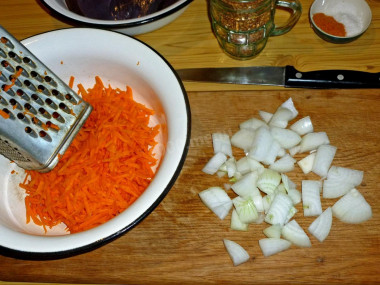
Grate the peeled carrot on a coarse grater. Cut the onion into small cubes. To prevent onion juice from irritating the mucous membrane of the eyes so much, rinse the onion and knife with cold water before slicing.
Step 3:
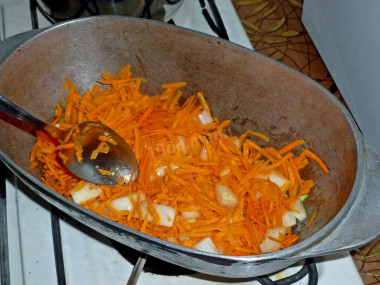
It is best to cook this dish in a cauldron or duck house. Pour refined vegetable oil into the duck house and put the onion and carrot. Stir and cook over low heat for 10 minutes.
Step 4:
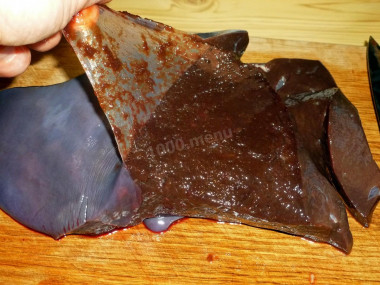
Transfer the soaked liver from the bowl to the cutting board. Remove the bile ducts, films.
Step 5:
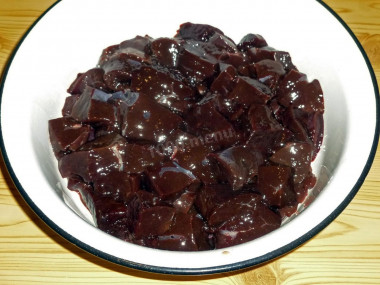
Cut the liver into large cubes.
Step 6:
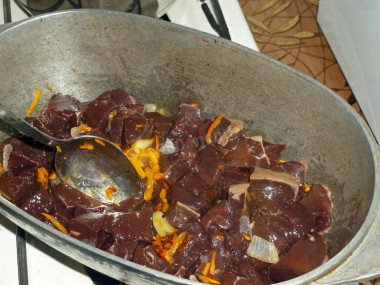
Send the chopped liver to the duck house to the vegetables, add a little fire. Stir and cook everything together for another 10 minutes.
Step 7:
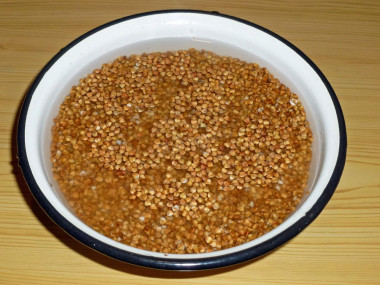
While the vegetables and liver are frying, rinse thoroughly and sort out the buckwheat.
Step 8:

In the frying process, salt the liver with vegetables and add spices.
Step 9:
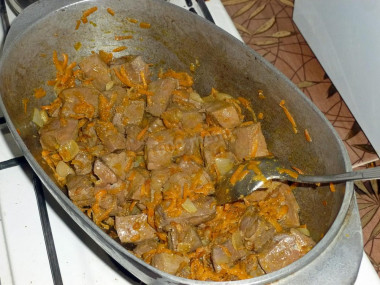
Fry the liver with vegetables, stirring, over low heat.
Step 10:
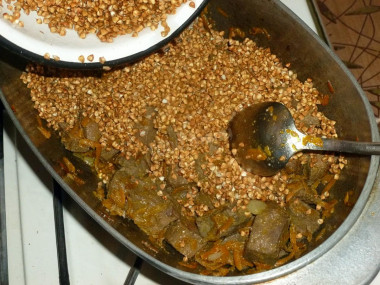
Then put the washed buckwheat on top. Do not mix with the liver.
Step 11:

Level the surface of the buckwheat and fill it with hot water. Add 4 cups of water to two cups of buckwheat. Take filtered or bottled water with a neutral taste, since if you use tap water, it can give the dish an unpleasant smell.
Step 12:
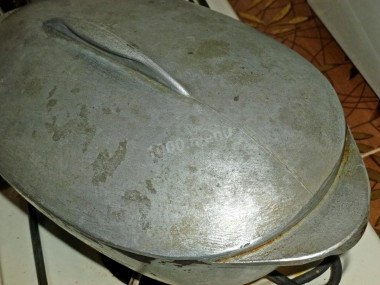
Cover the duck house tightly with a lid and cook buckwheat with liver on low heat for 30 minutes.
Step 13:

The dish is ready when the water has completely evaporated. In the process of languishing, do not lift the lid. Mix the finished dish before serving.
Step 14:
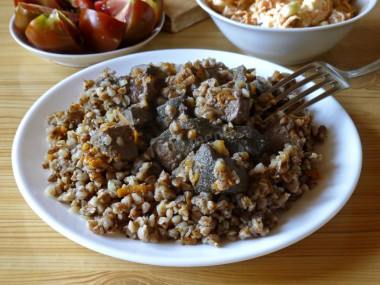
Arrange hot buckwheat with liver on plates and serve for lunch or dinner.
How to choose high-quality buckwheat? When buying, pay attention to its appearance. The grains should be of the same shape and size. There should be no debris or crushed grains in the lower part of the package. Brown buckwheat cooks faster, as it is made from factory-baked grains. Green buckwheat takes longer to cook. It is considered more useful, but has a specific taste.
Buckwheat can be replaced with any other cereal at your request. The cooking time in this case may change in one direction or the other. Do not forget that some of the cereals (for example, pearl barley) require pre-soaking.
Use oil with a high smoking temperature for frying! Any oils are useful only until a certain temperature is reached - the point of smoking, at which the oil begins to burn and toxic substances, including carcinogens, are formed in it.
Unrefined oils, with rare exceptions, have a low smoking point. There are a lot of unfiltered organic particles in them, which quickly begin to burn.
Refined oils are more resistant to heating, and their smoking point is higher. If you are going to cook food in the oven, on a frying pan or grill, make sure that you use oil with a high smoking point. The most common of the oils with a high smoking point: refined varieties of sunflower, olive and grape.
Caloric content of the products possible in the composition of the dish
- Carrots - 33 kcal/100g
- Dried carrots - 275 kcal/100g
- Boiled carrots - 25 kcal/100g
- Buckwheat (whole grain) - 335 kcal/100g
- Dark buckwheat flour - 333 kcal/100g
- Light buckwheat flour - 347 kcal/100g
- Boiled buckwheat - 163 kcal/100g
- Buckwheat - 313 kcal/100g
- Vegetable oil - 873 kcal/100g
- Water - 0 kcal/100g
- Onion - 41 kcal/100g
- Spices dry - 240 kcal/100g
- Table salt - 0 kcal/100g
- Beef liver - 130 kcal/100g

